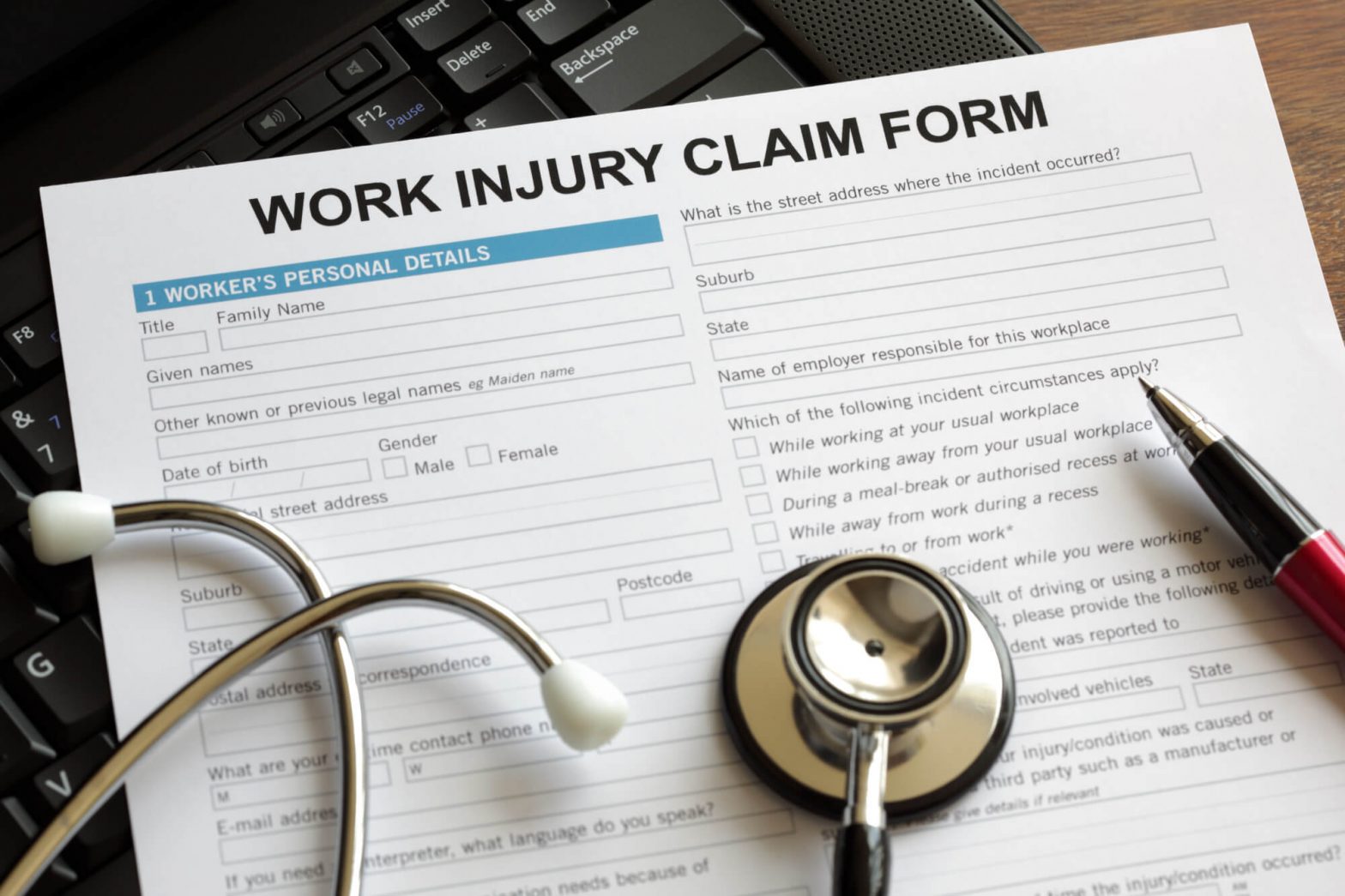With accidental deaths and injuries now at an all-time historical high, it’s important for every workplace to have safety and injury reporting measures in place. If someone is injured at your workplace and the workers comp claim process begins, it’s important to know what to do next.
Here are the steps that employers need to take following an injury.
Alert People On-Site
Every organization has policies and requirements for filing an incident report. To start, it often requires incidents to reported to people on staff.
There are designated representatives, whether a manager, human resources staff member, or a health and safety officer. They’ll let you know what to do on the scene or what care is needed. Severe injuries require contacting emergency contacts.
Employers need to ensure that no one else is going to be harmed and secure the area from additional incidents.
Complete Injury Reports
There is likely to be a specific form to fill out regarding this incident. A representative from your company should meet with the employee to get the form completed. Some employers have their own report while others use official forms from their insurance carrier, but either one will do.
Sometimes the injured or ill will be asked to complete the report on their own while other times assistance is given.
The date of the injury, the place where the injury occurred, and a description of the issue all need to be on the report. The employee will then have to sign the report and put a date on it. It can be returned via certified mail but it should be returned as soon as possible so that there’s a record that the employee filled it out by a certain date.
Explain Claims Procedures
The representative from the workplace should describe claims procedures with employees as clearly and carefully as possible.
In some states, employers can select physicians for work-related injuries. A representative should inform employees of their options or obligations where applicable.
Health care facilities ask about work-related injuries and then send the bills to the workplace. While healthcare providers will sometimes provide information directly to the worker’s comp carrier, sometimes the representative needs to keep documents.
The representative can talk about how wage replacement benefit work. Some employees get 66% of their wages while others get 100% of the state average weekly wage. Salary continuation or use of paid time off to compensate for wage replacement should be discussed as well.
Reports Are Filed
Now it’s up to the organization to file their reports. Employers need to talk to their worker’s compensation carrier to see the formalities for this process.
Some carriers want to get electronic submissions while others will want a report via phone. There are state laws to govern some of the processes for filing reports. The best thing to do is to check with the workers’ comp carrier to see what should be done with the incident reports.
Stay In Touch
First, it’s important to stay in touch with the workers’ comp carrier. An employer might want to forward any medical documentation to the carrier. The carrier might also have documents for the employer to complete.
These will provide information about how many workdays were lost and the employee’s “return to work” status. Salary continuation and wage replacement benefits should be documented so that workers’ comp can cover it where applicable.
Stay in contact with your employee as well. You might need to find out more information and get progress on their recovery. It’s also always good to build goodwill between parties.
Following up and letting them know that people miss them and want them to return can also build their morale. It will help them to feel better about returning to work.
Build a timeline with them for returning to work. This can help you figure out which accommodations you might need to provide in accordance with the ADA. You also ensure that you’re covered in the realm of state leave laws and company-provided leaves of absence.
Getting The Employee Back to Work
Your main goal should be able to get your employee back to work without incident. Having them perform even in a light-duty capacity is a great way to reintegrate them back into the workforce.
Make sure that ask about any doctor-directed medical restrictions that will keep your employee on restricted duty. It’s a violation of the ADA not to make reasonable accommodations for your employee, especially following a work-related incident.
Having an employee come back to work is much less expensive than training someone new. It helps to have someone who knows the job and understands how things go at your workplace. It also brings morale with your staff up to see an old friend come back after an injury.
Do You Have to Terminate?
While it’s illegal to terminate someone because of their injury, there are instances where they’re no longer covered by FMLA, ADA, or state-mandated leave.
It depends on the state your in as to whether or not an employee can retaliate for letting them go. However, most people who are severely injured may not want to return. If they don’t seem like they’ll be coming back, talk to your legal team and see whether it’s time to let them go.
Workers Comp Claim Process Needs to Be Followed
When you’re going through the workers comp claim process, every T needs to be crossed. Make one mistake and you could jeopardize your whole business.
If Florida workers comp is confusing, check out our guide for more info.


 January 28, 2020
January 28, 2020 Blog
Blog 









